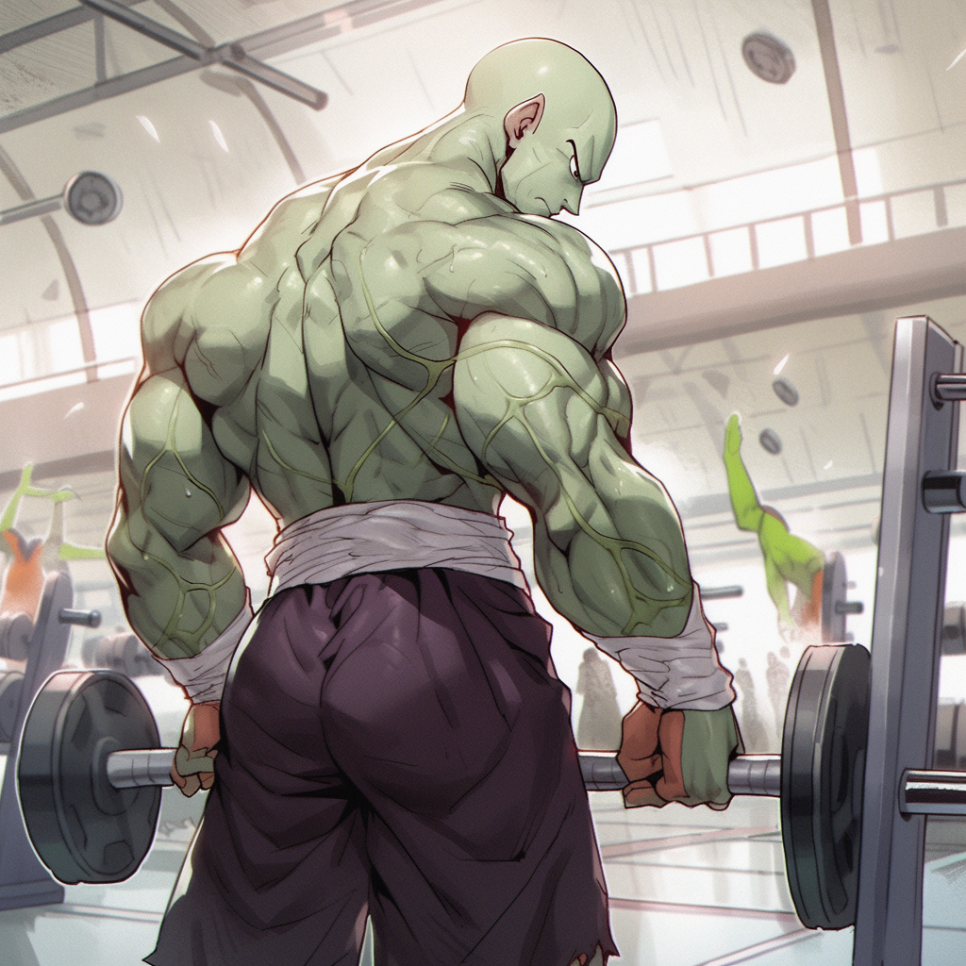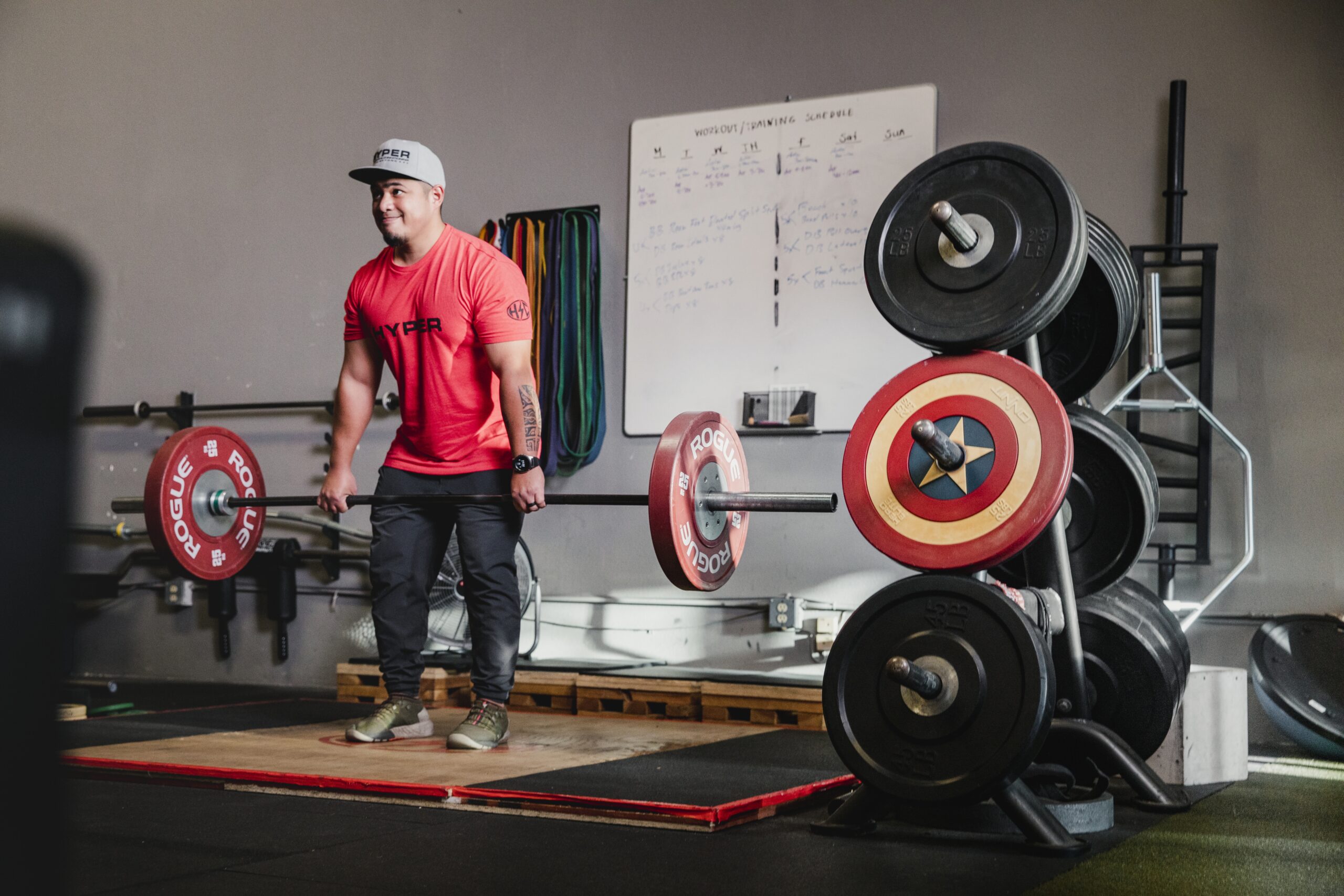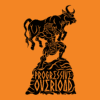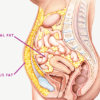Are you training your glutes hard every week, doing all the exercises people recommend––lunges, hip thrusts, deep squats, etc.? Do you eat well and get enough protein daily? Is your training program structured intelligently to allow for proper recovery between sessions?
Yet, despite all that effort, your glutes don’t seem to grow? If that’s the case, read on because we’ll dive into why that might be the case and what you can do.
Let’s discuss.

1. The Training Side of Things
Squats are often recommended for glute gains, but it turns out that they do a poor job of activating the posterior chain. The primary exception is when you squat deep enough, but not everyone can do that safely (1).
Better movements for glute gains include the hip thrust, step-up, Bulgarian split squat, and donkey kick (2, 3).
Aside from performing the correct movements, you must focus on proper muscle activation and make sure your glutes work during each rep. Reduce the weight you’re using and slow down the tempo to work on your mind-muscle connection.
Finally, aim for gradual progress. You must force your muscles to continually overcome greater resistance to keep growing and getting stronger. One option is to simply lift more weight (provided you maintain proper technique), but you can also:
- Do extra reps
- Add an additional exercise to your workouts
- Slow down the tempo
- Manipulate the movement to make it more challenging
2. Your Nutrition
Eating mostly whole foods, also known as ‘clean eating,’ is not the worst advice out there. The problem is that it alone isn’t enough because it disregards important things like:
- Eating enough protein
- Sustaining a small calorie surplus to gain weight
Both of these are crucial for optimal muscle growth. You can build muscle and grow your glutes without gaining weight, but the process is far slower.
In contrast, going through controlled gaining phases (bulking) and fat loss (cutting) allows you to build muscle more quickly and reach your goals (4).
Additionally, muscle gain heavily depends on an adequate protein intake. According to research, the ideal intake is 1.6 to 2.2 grams per kilogram or 0.8 to 1 gram per pound (5). Good protein sources include:
- Meat
- Fish
- Eggs
- Dairy
- Protein powder (whey, casein, vegan, etc.)
3. Could Recovery be the Issue?
Hard and consistent training is essential for muscle growth, but doing too much can have the opposite effect: causing you to overtrain, perform worse, and experience muscle loss.
Common symptoms of overtraining/under-recovery include (6):
- Loss of motivation to train
- Progressively worse performance
- A weaker grip
- Sleep issues
- Irritability and mood swings
- Loss of appetite and digestive issues
- Significant and persistent muscle soreness
Apart from eating enough calories and protein, you can improve your recovery by:
- Sleeping at least seven hours per night
- Giving your muscles at least 48 hours of recovery before training them again
- Controlling your training volume and effort so as not to feel sore for three or more days
Final Words
Growing your glutes is by no means that complex, but it requires some attention to detail.
Most people get their training wrong, but poor nutrition and lack of recovery can also be the sources of the problem.
Take good care of all three, and watch as your glutes grow.

































